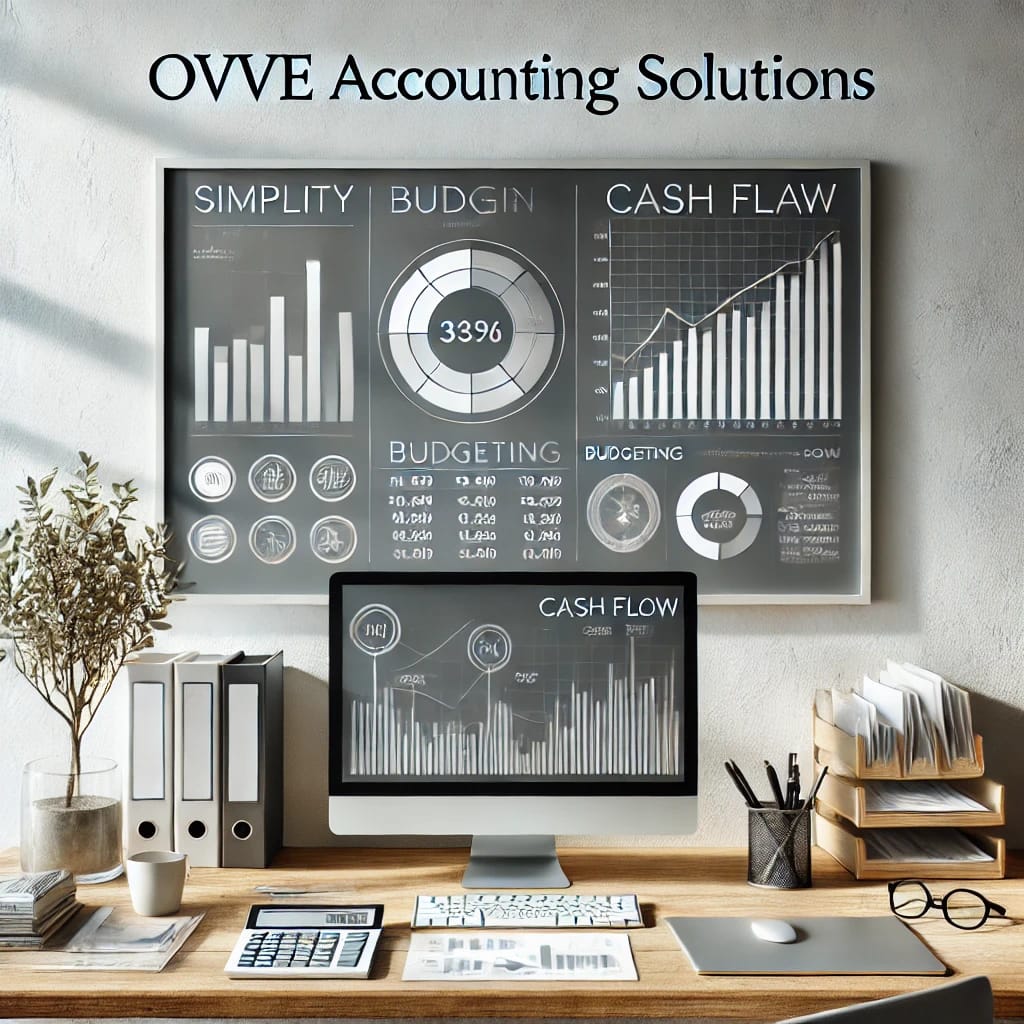
If you’re a private practice owner, you’ve probably mixed business and personal finances at some point. Maybe you used your personal credit card to cover a last-minute office expense or deposited a client payment into your personal bank account “just this once.”
But here’s the truth: mixing business and personal expenses makes tax time a nightmare and can even put your business at risk.
Want to simplify bookkeeping?
Want to avoid IRS red flags?
Want to protect your personal assets?
Then it’s time to separate your business and personal finances—once and for all.
Why Is Separating Finances So Important?
When you co-mingle funds, you create financial chaos that leads to:
- Confusing bookkeeping – You won’t know what’s truly a business expense.
- Higher tax liability – You could miss deductible expenses or trigger an audit.
- Personal liability risks – If your business is sued, personal assets could be at risk.
- Cash flow confusion – You won’t know how much your business is making.
The good news? Separating business and personal finances isn’t complicated, you just need to set up the right systems.
5 Steps to Separate Business & Personal Finances
1. Open a Business Checking Account & Credit Card
This keeps all business transactions in one place, making bookkeeping (and tax filing) much easier.
How to do it:
- Choose a business bank account with low fees and online banking. We at Ovve are using Relay Bank, as it has no hidden fees.
- Get a business credit card for purchases instead of using a personal card.
- Use this account exclusively for business deposits and expenses.
Pro Tip: If you’re a sole proprietor, even a separate personal checking account labeled “Business” can help until you officially register your business.
2. Transfer a Salary for Yourself
Instead of taking random withdrawals from your business account, pay yourself a fixed salary.
How to do it:
- Decide on a monthly or bi-weekly paycheck amount.
- Transfer funds from your business account to your personal account as your “paycheck.”
- Keep your salary separate from business profits and expenses.
Pro Tip: Set a salary that covers your personal expenses but still leaves room for business growth.
3. Use Accounting Software to Track Business Transactions
Cloud-based accounting tools automate tracking, reducing errors and saving you time.
How to do it:
- Set up QuickBooks, Wave, or Xero to track income and expenses.
- Link your business-only bank account and credit card.
- Categorize transactions weekly to stay on top of finances.
Pro Tip: If you’re not using accounting software yet, start now—it will save you hours at tax time.
4. Stop Paying Business Bills from Personal Funds
Using personal funds for business expenses creates a tax and bookkeeping mess.
How to do it:
- Always use your business debit or credit card for expenses.
- If you accidentally pay with a personal card, reimburse yourself with a proper record.
- If business cash flow is tight, loan money to your business with a documented agreement.
Pro Tip: Make a list of all recurring payments (rent, software, subscriptions) and update them to be paid from your business account.
5. Review Accounts Monthly to Ensure Compliance
A quick monthly review keeps your business finances clean and compliant.
How to do it:
- Check for personal expenses mistakenly charged to your business account.
- Verify all business transactions are categorized correctly.
- Ensure tax savings are set aside (25-30% of revenue).
Pro Tip: Set a monthly calendar reminder for a 30-minute financial check-in.
Next Steps: Make the Switch Today!
If you’re still mixing business and personal finances, now is the time to fix it. Separating your finances will save you time, stress, and money.
Need help setting this up?
Book a consultation with Ovve Accounting Solutions, and we’ll guide you step by step.







